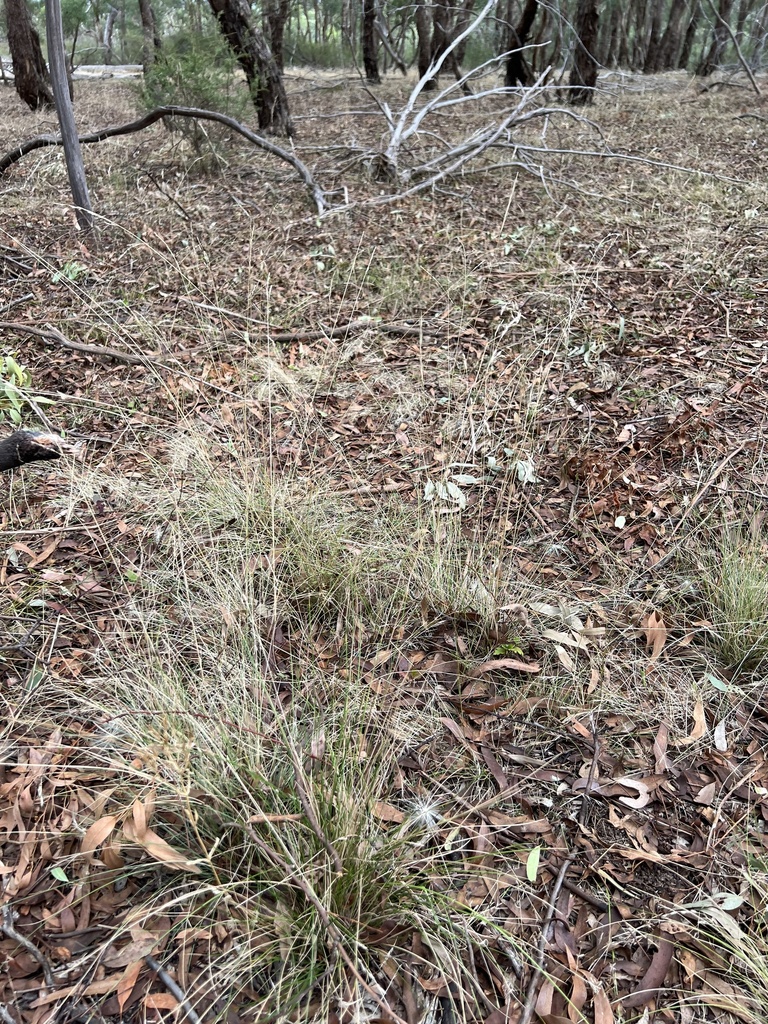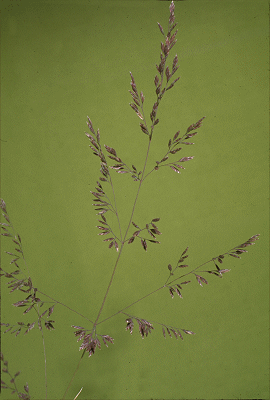Scientific Name: Poa sieberiana var. sieberiana
Common Name: grey tussockgrass
Family Classification (Clade): Monocots
Family: Poaceae
Form Description: Grey-green to blue-green, densely tufted perennial grass.
Flowers: 2-7 flowers borne in a green to purplish spikelet. Yellow or purplish anthers.
Fruit: Caryopsis
Municipality
Plant Communities
Habitat Notes
Wide range of habitats, from sea level to over 1300m. Open grassland and light forest, usually on dry hillsides, but also tolerant of damper conditions. North-west, north-east, west coast, Central Highlands, east coast and south-west.
General Notes
Cut back in autumn to promote new growth. Bird attracting: attracts seed-eating birds. Provides cover for small lizards.
Propagation Calendar
-
Flowering Month
Jan Feb Mar Apr May Jun Jul Aug Sep Oct Nov Dec -
Seed Collecting Month
Jan Feb Mar Apr May Jun Jul Aug Sep Oct Nov Dec -
Sowing Month
Jan Feb Mar Apr May Jun Jul Aug Sep Oct Nov Dec -
Cutting Month
Jan Feb Mar Apr May Jun Jul Aug Sep Oct Nov Dec
Propagation Method
Seed Information
Seed Collection
Small seed, in tall, finely branched seed heads. As seed matures, seed heads change from green to light brown. Seed is released within 3-14 days of seed maturity. When the seed is ripe, it will fall when the seed heads are rubbed between your fingers. Cut stalks with secateurs to collect.
Seed Storage Life
Several years at room temp.
Seed Treatment Notes
May have 2-3 month after ripening period. Surface sow. Optimum temp 15-25°C. Water well. Suitable for direct seeding.
Germination Time
2-4 weeks

